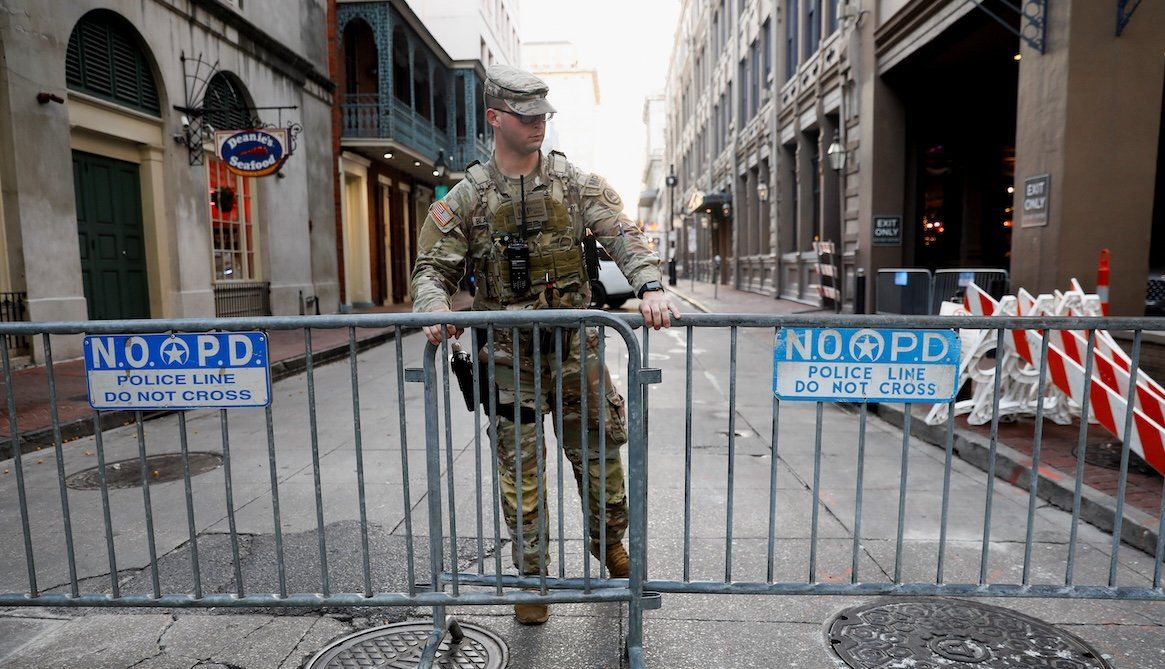The US opened in the New Year with a pair of deadly attacks in New Orleans and Las Vegas. Early on Jan. 1, 14 people were killed and more than two dozen were injured after a pickup truck ran down a crowd in Bourbon Street. The FBI is treating the incident as a terror attack and has identified the suspect, who was shot dead by police, as Texas Army veteran Shamsud-Din Jabbar. Before the attack, Jabbar posted on social media saying he had joined Islamic State; investigators found the flag of the terror organization in the truck and now believe that Jabbar acted alone.
Later yesterday morning, a Tesla Cybertruck exploded outside the Trump International Hotel in Las Vegas, injuring seven and killing one person inside the vehicle. The Cybertruck was rented in Colorado by Army veteran Matthew Alan Livelsberger, who served on the same base as Jabbar and was the man killed inside the Cybertruck when it exploded. Reports suggest the explosion was deliberate, and while police are investigating whether there was a link between the New Orleans and Las Vegas attacks, the FBI says there is currently “no definitive link.”
